Multidisciplinary design office
setec serige's expertise extends in France and around the world. Its activity develops around many areas of expertise.
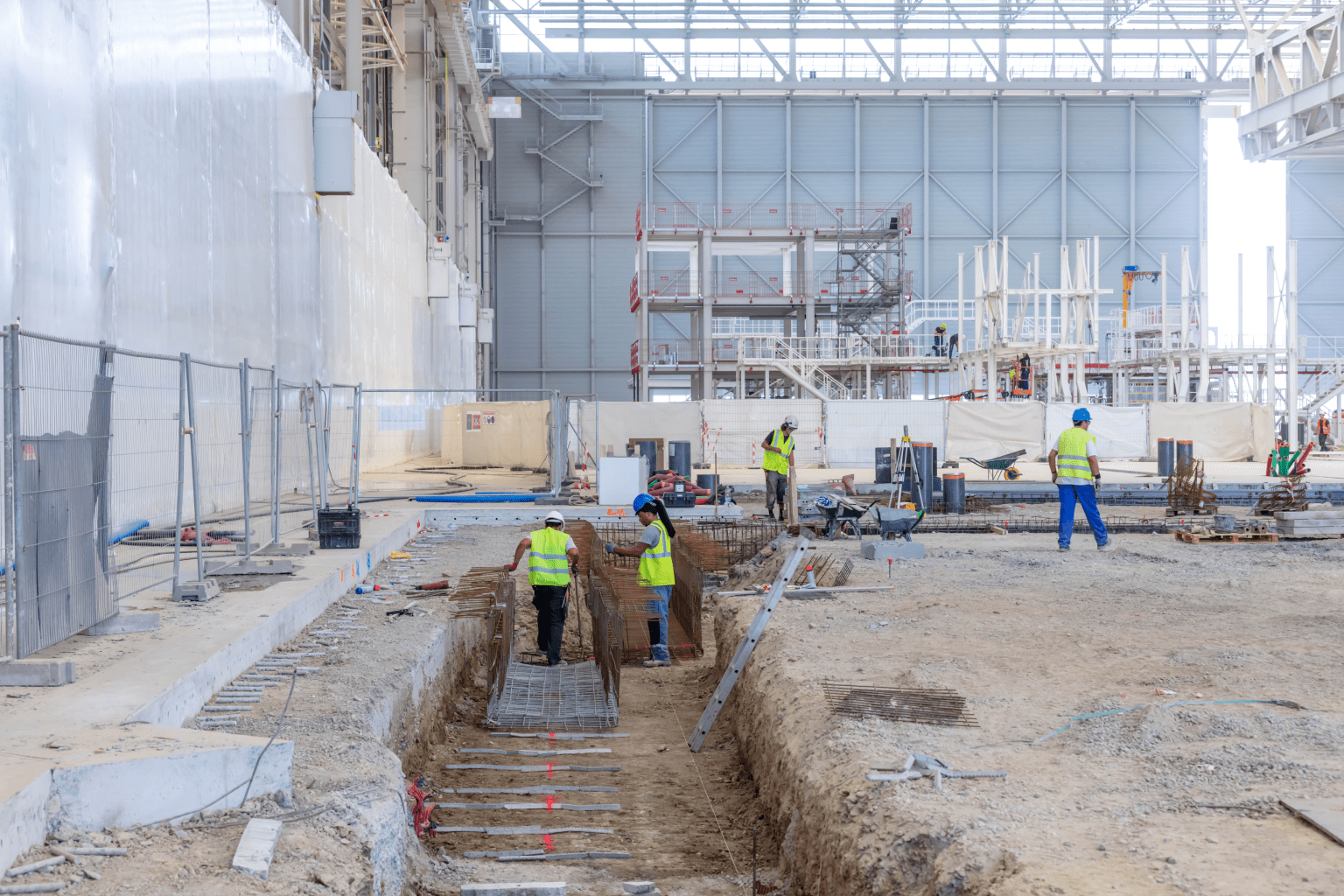
Structure
Structural engineering is a branch of civil engineering dedicated to the design, analysis and construction of load-bearing structures capable of withstanding the loads and forces to which they will be subjected. This discipline includes the creation of buildings, specific civil engineering elements such as equipment blocks, technical galleries for the distribution of networks and other technical concrete structures.
Structural engineers use advanced mathematical and physical principles, as well as modeling software (Robot, REVIT, Graitec, ….) , to ensure the stability and safety of structures. Their work involves the appropriate selection of materials, such as steel, concrete, wood and composites, according to the specific requirements of the project. They work closely with architects, mechanical and electrical engineers, integrators and contractors to integrate functional, technical and aesthetic aspects.
Structural engineering plays a crucial role in preventing structural failures and reducing the risks associated with natural disasters, thus ensuring the sustainability and safety of constructions.
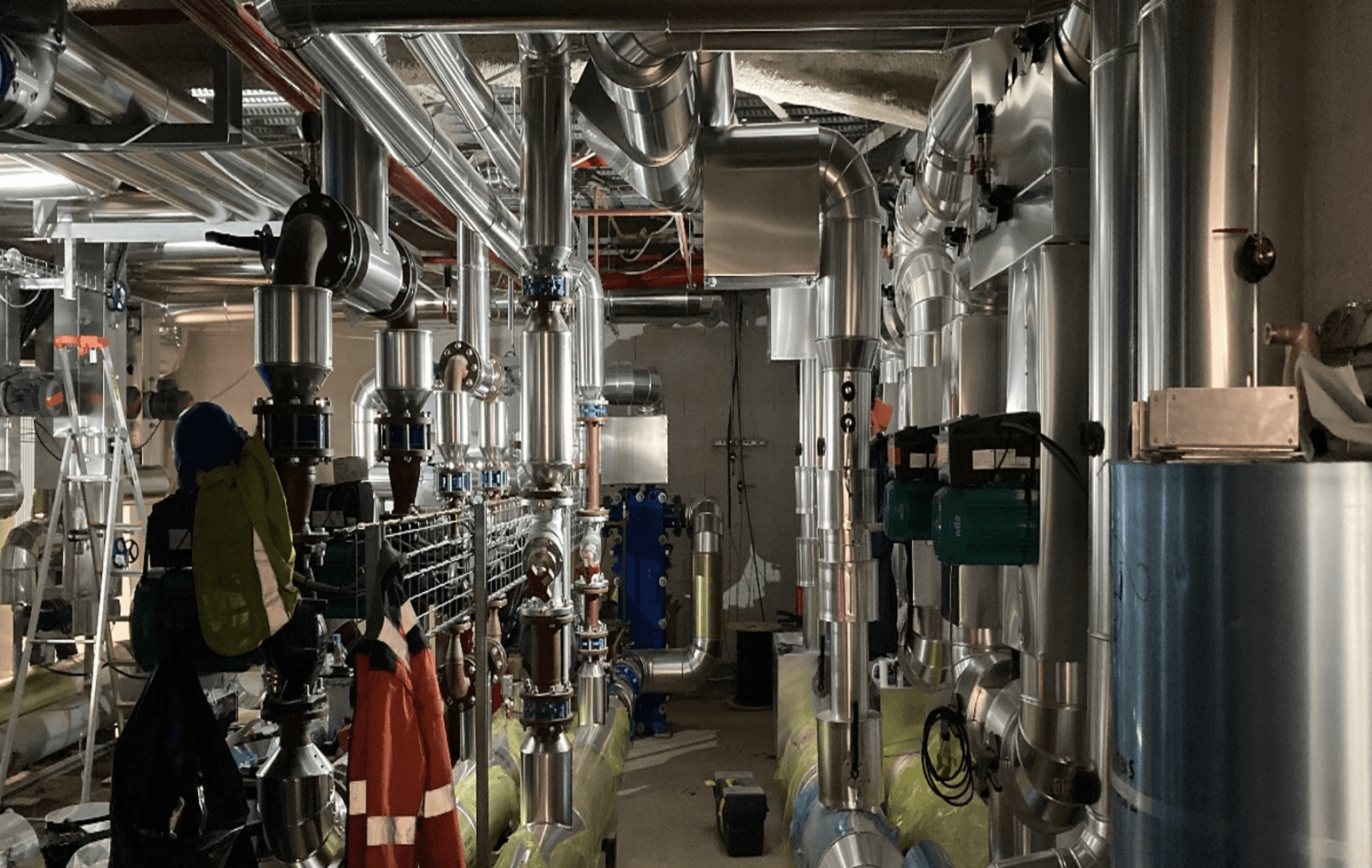
HVAC & Fluids
HVAC (Heating, Ventilation, Air Conditioning, Smoke Extraction) / Fluids / Plumbing Engineering is a discipline that specializes in the design, installation, and maintenance of systems that control indoor climate, fluid distribution, and plumbing infrastructure in buildings.
HVAC engineers are responsible for creating efficient systems for heating, ventilation and air conditioning, and smoke extraction, thus ensuring thermal comfort and indoor air quality. They use simulation and modeling software (Pleiades, AstugeClim, Climawin, etc.) to optimize energy performance and reduce the carbon footprint of buildings. They are also responsible for complying with the thermal regulations in force and for being a source of proposals to be able to meet requirements related to building certifications (HQE, BREEAM, LEED, BPOC, etc.).
At the same time, fluid engineers focus on the management of fluid networks, including drinking water, wastewater, compressed air and specific gases and sprinkler systems for fire protection. Their work ensures an efficient and safe distribution of fluids, while respecting environmental and health standards.
Plumbing engineers design and supervise plumbing systems, ensuring reliable water distribution and proper wastewater disposal. They ensure compliance with building codes and safety regulations. HVAC/Fluid/Plumbing engineering plays a critical role in building comfort, safety, and sustainability, incorporating innovative solutions to meet modern challenges.
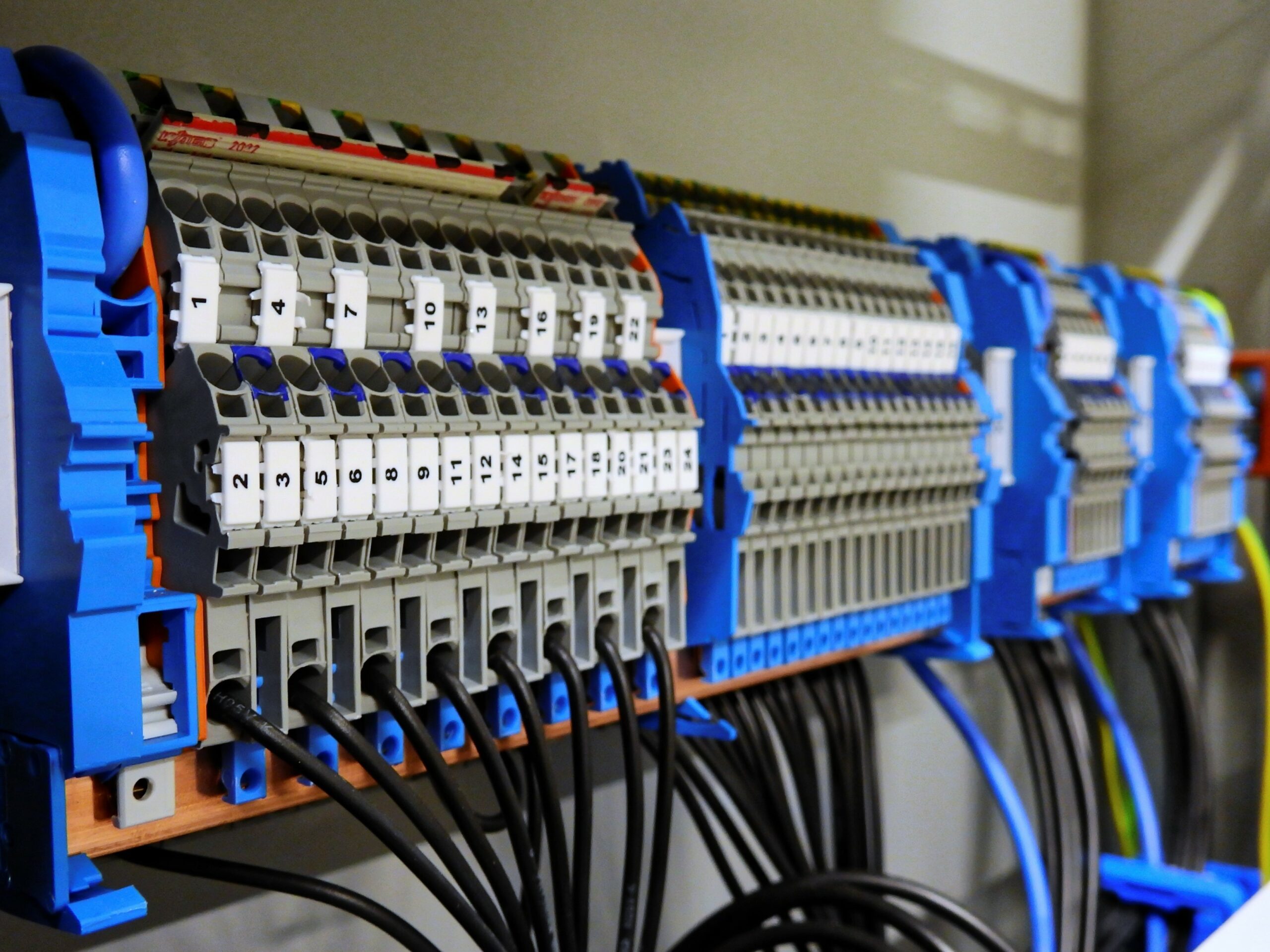
Electricity
Electricity engineering is a specialized discipline in the design, installation, and maintenance of electrical and safety systems in buildings.
High Voltage engineers are responsible for high-voltage (HVA) electrical installations, including power distribution, switchboards, and distribution networks to ensure a reliable and secure energy supply. Their work also includes energy efficiency management and the integration of renewable energy sources.
Low-voltage engineers focus on low-voltage systems, such as communication networks, telephony systems, computer networks, security (access control, anti-intrusion, video surveillance) and building management systems (BMS). They ensure the connectivity, security and efficiency of information and communication systems.
Fire Safety Systems engineers specialize in the design and implementation of fire safety systems, including smoke detectors, alarm systems, and evacuation devices. Their work is crucial to prevent fires, ensure early detection and facilitate evacuation in the event of an emergency. CFO/CFA/SSI engineering plays a crucial role in the safety, connectivity and efficiency of modern buildings, incorporating innovative and regulatory compliant solutions to protect occupants and infrastructure.
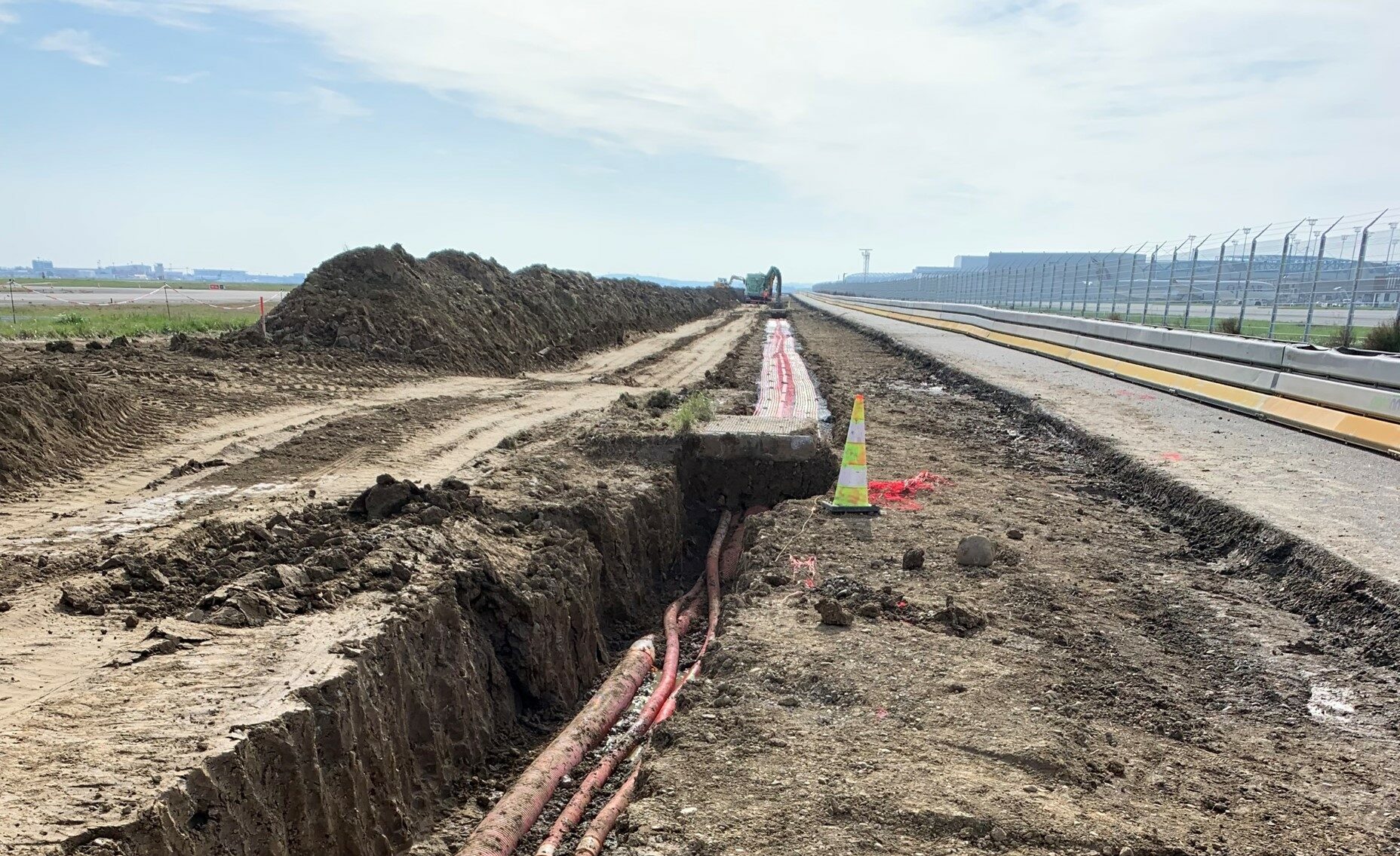
Civil Works
Civil Works engineering focuses on the design, construction and maintenance of transport infrastructures and service networks. This includes roads, pavements, car parks, taxiways as well as dry (high-voltage, low-voltage, lighting, etc.) and wet (water supply, grey water, hydrocarbon separators, etc.) networks.
Civil Works engineers play a critical role in urban and rural development, ensuring efficient planning and optimization of infrastructure to ensure mobility and service delivery. They carry out field studies, topographic surveys and geotechnical analyses to assess the constraints and opportunities of the site. Together with urban planners and architects, they integrate environmentally friendly solutions and ensure regulatory compliance. Their work includes supervising the work, coordinating stakeholders, as well as managing budgets and deadlines, ensuring the sustainability and functionality of the infrastructure.
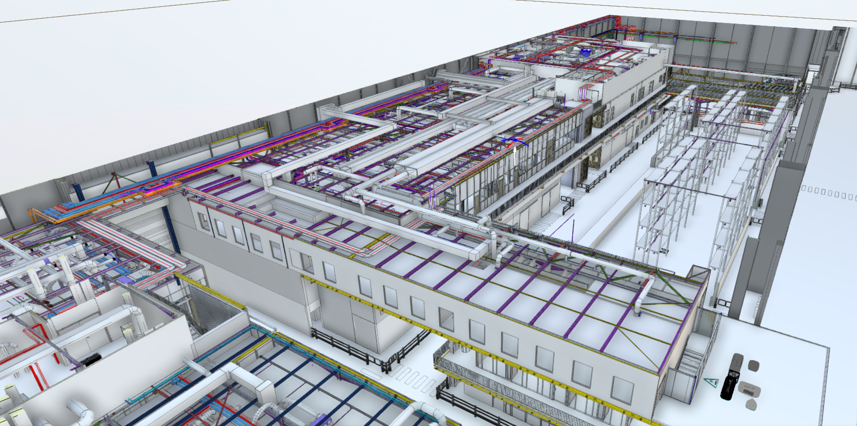
BIM
BIM (Building Information Modeling) is an innovative method in building engineering, integrating 3D modeling and information management throughout the life cycle of a project. Using specialized software (REVIT, Naviswork, etc.), engineers and designers create detailed numerical models including data on the geometry, materials, costs and performance of buildings.
BIM facilitates collaboration between architects, engineers, contractors, and owners by enabling real-time information exchange, improving coordination and reducing errors.
In the design phase, BIM makes it possible to visualize and simulate structural, mechanical, electrical and hydraulic aspects, helping to make informed decisions. During construction, it optimizes the management of resources, deadlines and costs. For building management and maintenance, BIM offers a comprehensive and up-to-date database that is essential for future operations.
BIM is transforming the design, construction and management of construction projects, increasing accuracy, efficiency and sustainability.

Sustainability
Sustainability in building engineering encompasses practices that reduce environmental impact, promote energy efficiency, and improve the quality of life of a space’s occupants. This involves the use of sustainable materials, the design of energy-efficient buildings, and the integration of green technologies like renewable energy.
Engineers also assess social and economic aspects, promoting safe, healthy and accessible buildings in the long term.
Sustainability leads to more resilient built environments and contributes to the fight against climate change.